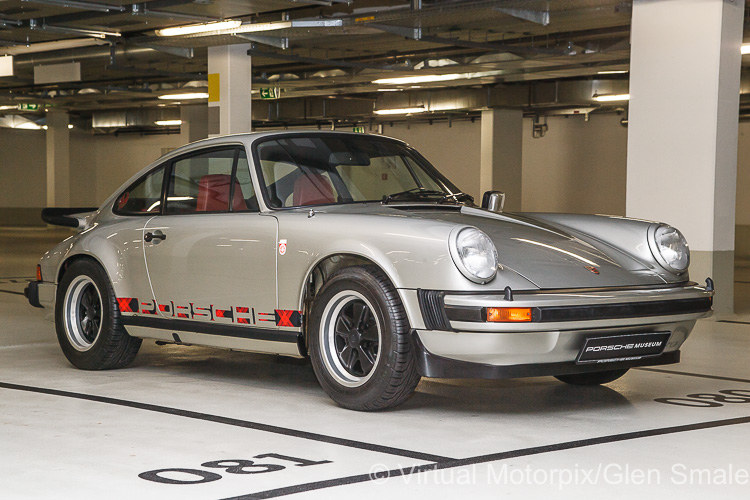
Inspiration for this feature came from the post published by Porsche in December 2020. It covers the seven generations of the legendary 911 Turbo from inception in the mid-1970s right up to the current 992 model. No apology is made for using some of the text from the original feature, as this includes the unparalleled comments from rally legend, Walter Röhrl, who assisted with the development and testing of these models over the years.
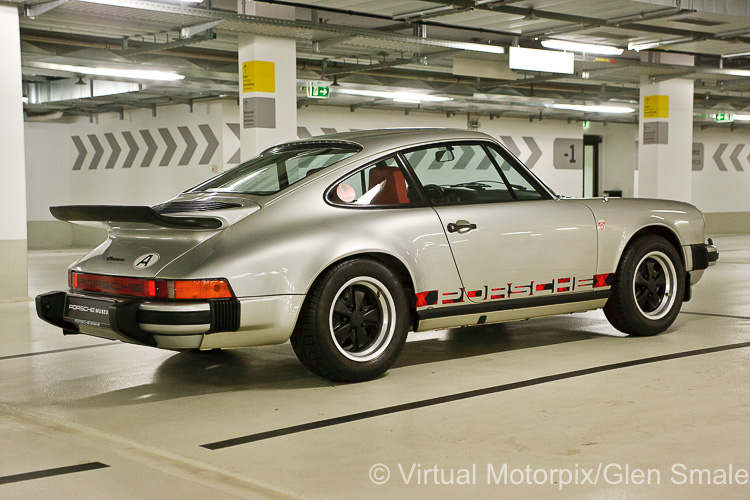
The experience gained from the turbo technology used in the 917/10 and 917/30 in 1972 and 1973 in the Can-Am series in the USA, paved the way for this technology to be used in a road car application. During this time, Porsche perfected the use of turbocharging in motorsport, ironing out many of the challenges associated with this technology. In the spring of 1975, a quarter of a century after Porsche began building cars in Stuttgart-Zuffenhausen, the 911 Turbo was launched.
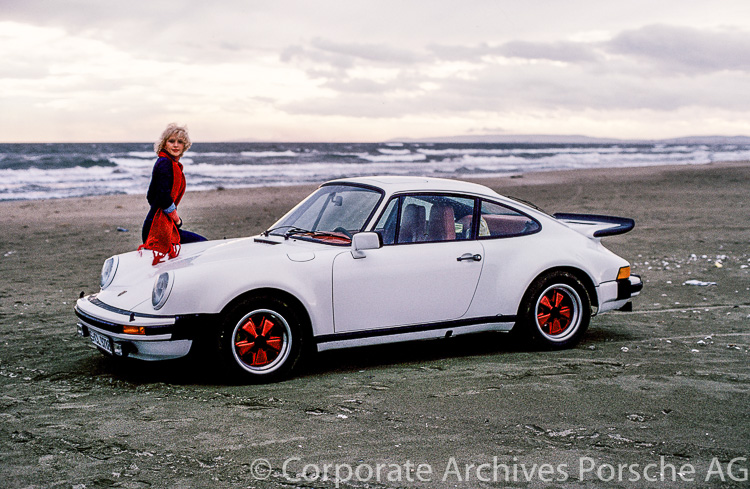
It is today 46 years since the first 930 Turbo was launched, and one of its early customers, Walter Röhrl, bought his first Turbo in ’79. He recently gathered an enviable group of seven 911 Turbos at the Porsche Experience Centre at the famous Hockenheimring. Although this author makes no claims to being able to analyse any of those 911 Turbos, but I have been fortunate enough to drive some, and so, we can bring our own flavour to this feature with some additional comments.
The 930 generation
Walter Röhrl: “The forefather of all Turbos was a technical revolution in car production. The first variant with 260 PS and a four-speed gearbox was still very sharp as regards its power development, but that made it a fantastic challenge for skilled drivers. The visual styling of the 930 was also a dream: the flared wings in combination with the Fuchs wheels, not to mention the large rear spoiler. I fulfilled a very personal dream in 1979 when, within four years of the market launch, I bought my own, first, 911 Turbo.”
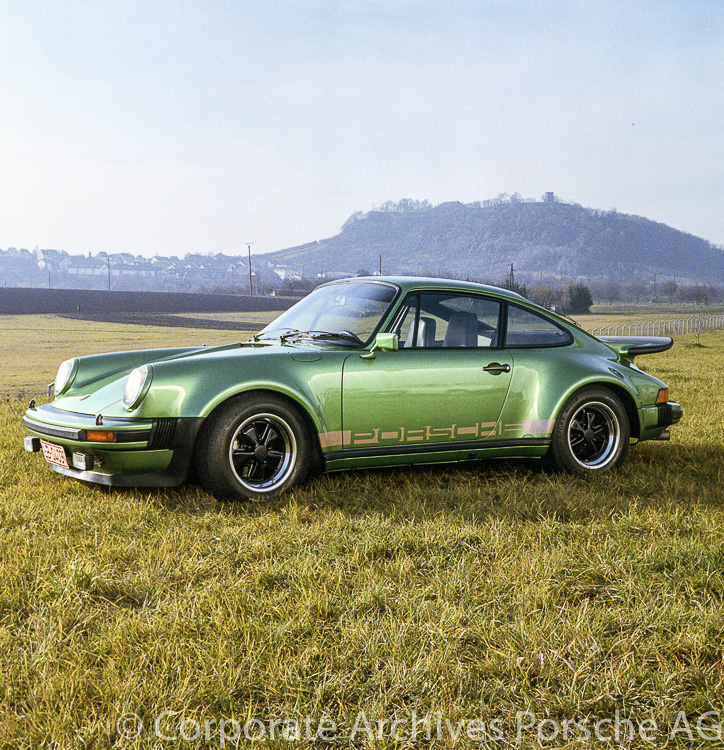
The 930 was powered by a 3.0-litre flat-six engine, and with 260 PS under the engine cover, a top speed of 155 mph was possible. The all-important number was of course the acceleration figure of 0-62 mph in a blistering 5.5 seconds, which for a production car, was astonishingly quick in 1975. The 930 also looked the business with a rear wing that was larger than on the ’73 Carrera RS, ensuring that the car stayed glued to the road. The first generation 930, from 1975-1977, kept the 3.0-litre engine but from 1978-1988, the Turbo was fitted with a 3.3-litre engine.
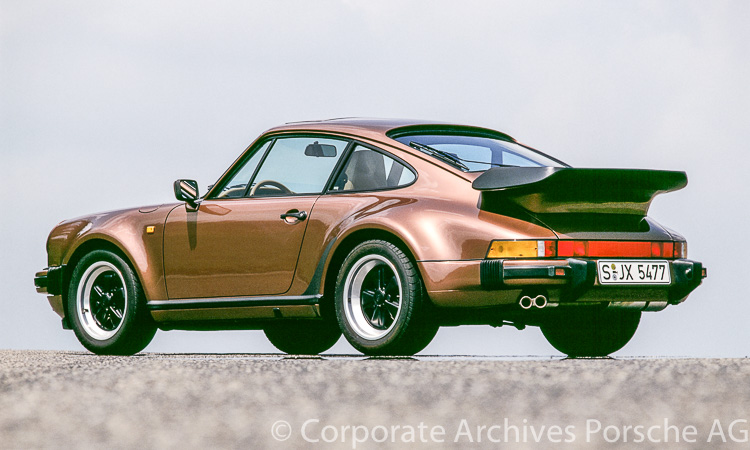
This writer’s first experience of the 930 Turbo was in 1976, when as a car-mad 19-year old, I witnessed a dark green 930 laying down a strip of rubber in the town where I lived. Porsches were quite uncommon in South Africa at that time, attracting a 110% import tax, and so when this sleek 930 came around the corner and the driver floored the accelerator, I was transfixed as it disappeared down Station Road in a flash of colour…and tyre smoke! Up until that time, there was nothing else on the road that could accelerate like the 930, and from that day onwards, it was my all-time favourite 911.
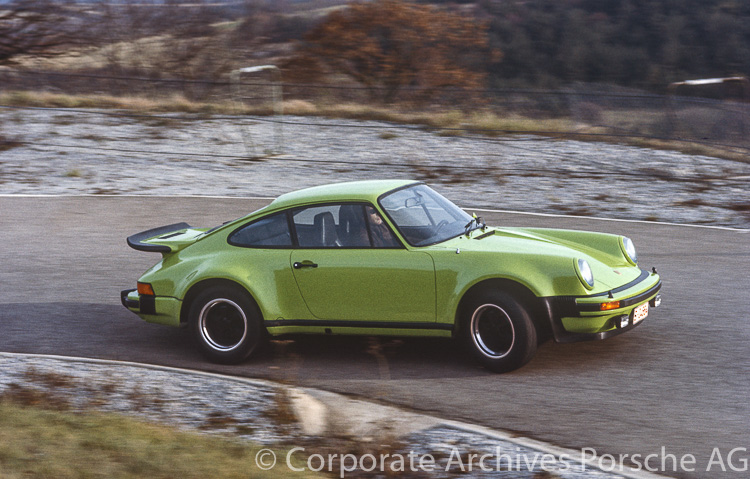
The 964 generation
Walter Röhrl: “The successor then still had a displacement of 3.3 litres, like the last variants of the 930 models. It was still extremely beautiful; the wide wings at the sides with the high headlights and the powerful rear wing. Like the 964, the new models also offered significantly improved driving safety with ABS and power steering. However, the engines of the first variants were slightly outdated. It was not a great step forward in terms of longitudinal dynamics compared with the predecessors, which is why the earlier models are among the less popular variants today. That changed fundamentally with the Turbo 3.6, however. With a completely newly designed engine and a power output of 360 PS, it remains a dream car to this day.”
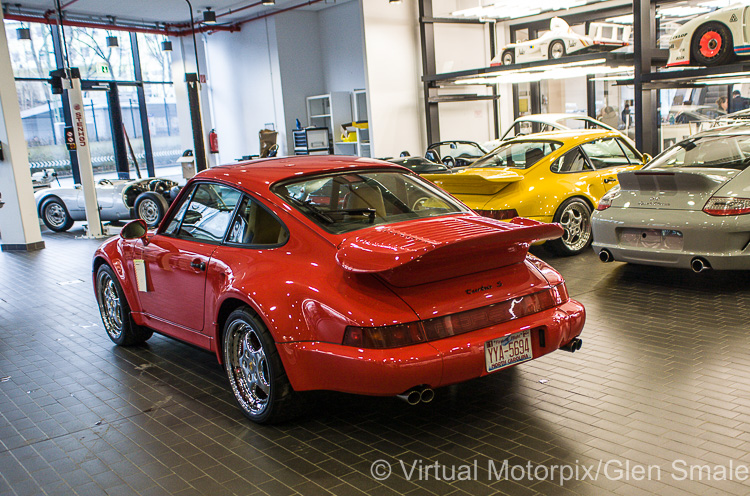
The 964 Turbo only came onto the market in the 1991 production year, and while the Carrera 2 and Carrera 4 models were fitted with the new 3.6-litre engine, the Turbo was still powered by the old 3.3-litre engine. The larger 3.6-litre turbocharged engine was only introduced in 1993, lifting the power output to 360 PS, that is 100 PS more than on the original 1975 model 930. Slotted into the 1992 model year was the Turbo S Lightweight with a limited production run of just 86 cars.
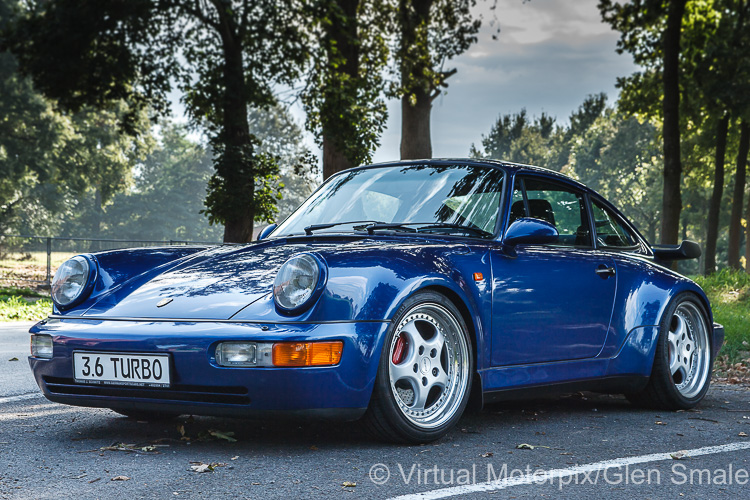
In 2014, this writer had the privilege of driving in a 3.6-litre Turbo in Germany, an experience that I shall not forget. This car was in pristine condition which made the experience so much more memorable. While the characteristic turbo lag was still discernible, it was a vast improvement over previous models. The 3.6-litre model sat 20 mm lower and with the widened bodywork, it was an impressive model by any standard. As the 964 was to be replaced by the 993 model in ’94, the 3.6 Turbo was only manufactured in the 1993 production year, making this a very sought after model today.
The 993 generation
Walter Röhrl: “The next great step forward: all-wheel drive. I believe that I somehow played a not insignificant part in this, after I said that “a car without all-wheel drive is a stopgap solution.” Early on during development I said that it wasn’t possible to make a car with 408 PS without all-wheel drive. After many tests, we then decided on the new viscous clutch with variable power distribution to the front instead of the old principle with fixed distribution. Particularly in combination with the new Weissach rear axle and the harmonious power development of the bi-turbo engine, the 993 Turbo is simply fantastic to drive and can hardly be beaten when it comes to driving dynamics.”
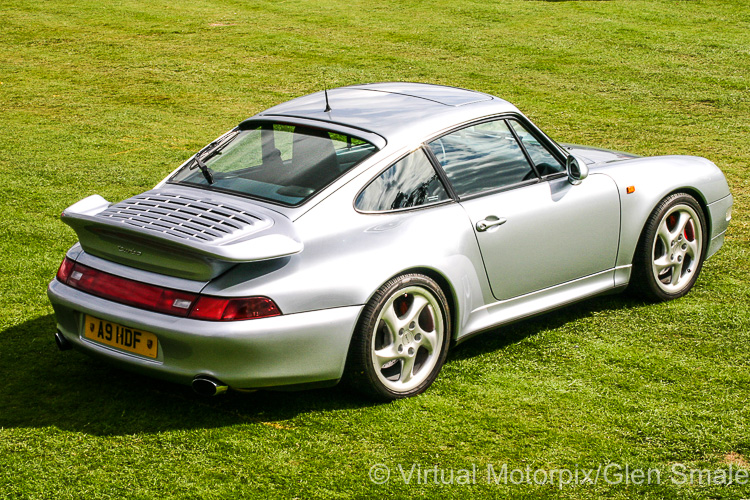
In the spring of ’95, the 993 Turbo was introduced at the Geneva Motor Show and featured twin turbochargers. Being the last of the air-cooled models, the 993 was to many Porsche enthusiasts extremely popular, with its smooth and graceful lines. Certainly today, values of this model have shot up for that very reason. The two turbochargers were smaller than previously, but throttle response was much better, making for smoother performance and an increased top speed of 180 mph. The rear bodywork of the Turbo was 60 mm wider than the standard model.
The 996 generation
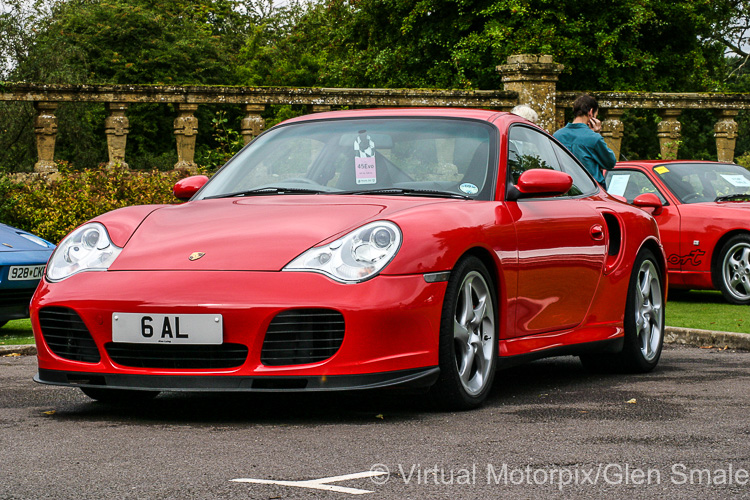
Walter Röhrl: “The next development milestone came with the new generation: water cooling. The car was technically outstanding. Even the Porsche Carbon Ceramic Brakes (PCCB) from motorsports were now available as standard. The 996 was far and away the best Turbo there had ever been up to this point, but the visual appearance of the new car was not very popular; many people complained about the ‘fried-egg’ headlights. That is completely unjustified in my opinion. For me, the 996 Turbo is perhaps the insider tip, especially when seen from today’s perspective: it’s still a very fast sports car that is completely suitable for everyday driving at a reasonable price – though I would personally prefer a manual transmission. The Tiptronic automatic gearbox that was introduced for the first time in a Turbo with the 996 significantly blunted the power output of 420 PS.”
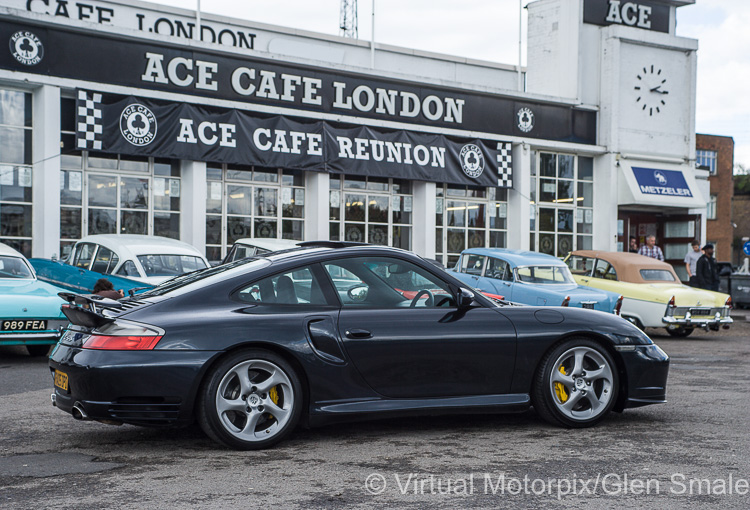
As Herr Röhrl says above, the 996 Turbo is strongly poised for growth as a future favourite. Although the 996 model was introduced in ’98, the 996 Turbo only broke cover in January 2000. This writer was privileged to do a feature on the 996 Turbo S, a 450 PS powerhouse which was only introduced in May 2004. The increase from the Turbo’s 420 PS to 450 PS in the Turbo S came courtesy of the GT2 twin turbo set-up, together with reprogramming the engine’s management system.
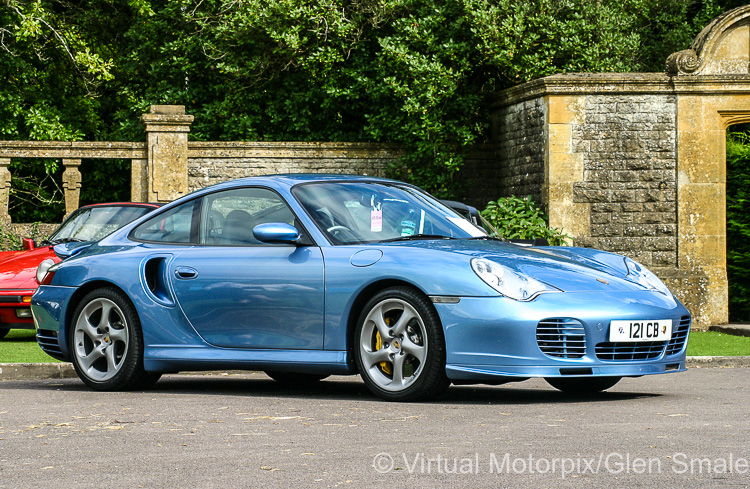
For the model year 2005, Porsche offered two different generations of 911, the new 997 Carrera and Carrera S together with the older 996 Carrera 4S, Turbo and Turbo S, as well as the GT2 and GT3 models. The Turbo S is a real gem of a car, as it is just as easy to drive and manage in traffic as a regular 911, but with all that extra power available, it becomes a sports car to be reckoned with.
The 997 generation
Walter Röhrl: “The 997 generation above all represented a step forward into modern times in terms of the visual styling. Even today the car has hardly aged – it continues to embody the aesthetics of a modern Porsche. On the technical side, the then magical limit of 500 PS was reached with the 997.2 Turbo, and the PDK dual-clutch transmission was introduced for the first time. As a result, the car was wonderful. Even today I still cannot find anything negative to say, and I always enjoy sitting behind the wheel of a 997 Turbo. There is a marvellously analogue feeling to the set-up of the steering, running gear and brakes.”
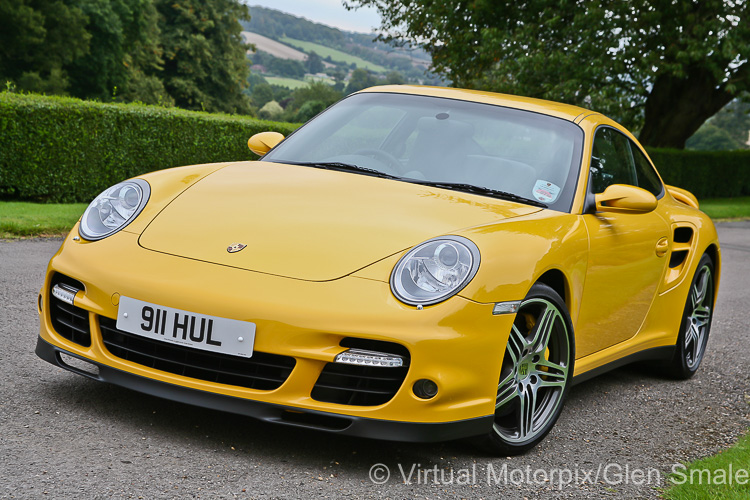
This writer had a 997 Turbo press car on loan for a week, and I used it to great effect in driving around on a variety of different roads. Living near London at the time, I was given permission to shoot the car in the grounds of Shardeloes, Buckinghamshire, UK. This Grade I listed country house was built between 1758 and 1766 for William Drake Sr, a Member of Parliament. The imposing structure provided a great backdrop for Porsche’s range-topping 997 Turbo model.
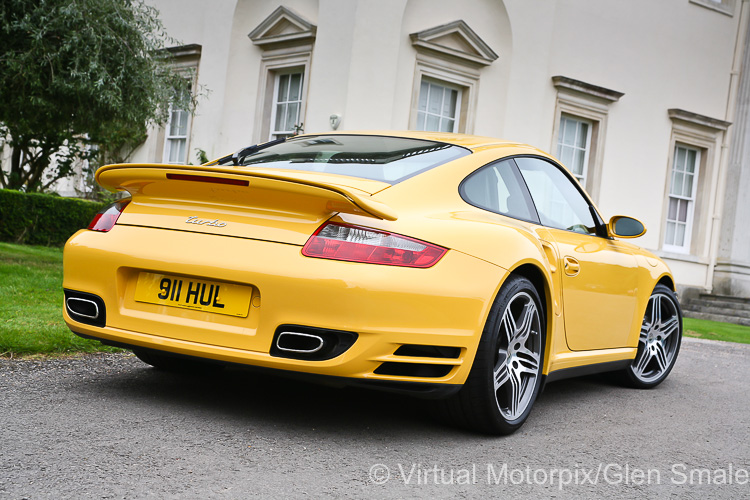
Apart from this photo shoot opportunity, I used the car to attend the 2007 Goodwood Festival of Speed. Driving around the village we lived in over narrow cobbled streets, or on the motorway down to Goodwood, the 997 Turbo was nothing other than the most practical, comfortable, and rewarding car to drive. It also just happened to be very powerful and very fast, and drew many admiring glances.
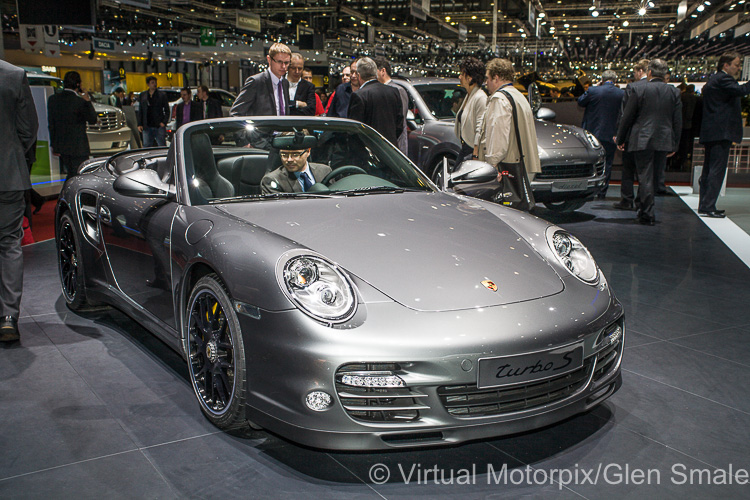
The 991 generation
Walter Röhrl: “The even wider wings are almost reminiscent of the wings on the original Turbos. And there is also the refined power distribution of the all-wheel drive, the introduction of rear axle steering and, naturally, the even higher power output: the 991 Turbo models set such a high standard in terms of driving dynamics that it is hard to believe that it’s possible to improve anything here. The responsiveness, balance and unbridled power of the engines – it’s just incredible.”
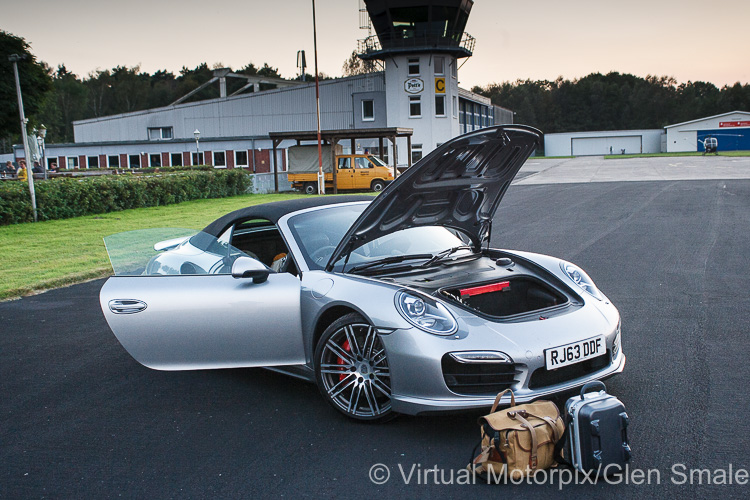
Launched in 2013, the 991 Turbo offered even more power and refinement than ever before. Powered by a twin-turbocharged 3.8-litre six-cylinder engine, the 991 Turbo produced 520 PS and 560 PS in the Turbo S model. The 991 had a 100 mm longer wheelbase than its predecessor, and power is transferred to the drivetrain via the seven-speed dual clutch transmission (PDK). The new generation 911 Turbo was also 28 mm wider than its 911 Carrera 4 sibling.
Imagine the anticipation when a photographer and I were allocated a new 911 Turbo Cabriolet for our trip to Germany in 2014, to carry out research and photographic work for a selection of juicy Porsches. We managed to squeeze all of our gear (two sets of camera gear, tripods, lights, lens boxes, etc) plus our luggage for a week and the all-important road nibbles for the journey, and we set off for Germany. The trip was silky smooth, comfortable and before long, swapping over driving duties became a bit of an issue, usually accompanied by a comment such as, “I’ll just drive a little bit longer…”
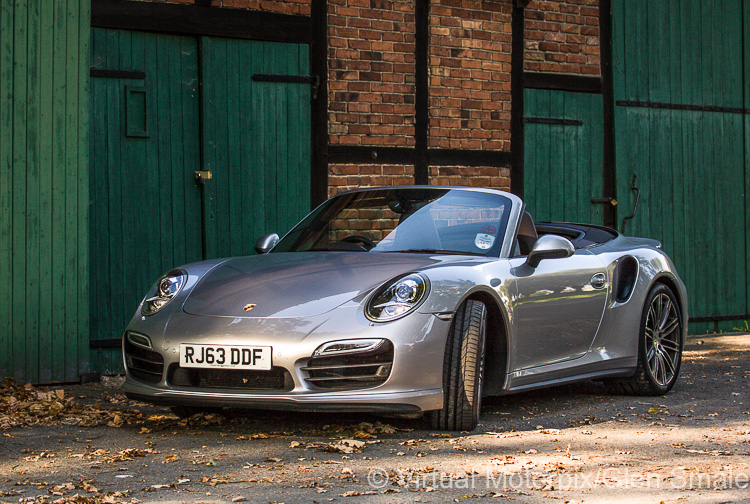
The Turbo Cabriolet was a sight to behold on the cobbled streets of the small German village we visited, and it attracted no small amount of attention wherever we parked the car. Whether driving it to and from all the different photo locations in and around the village or on the Autobahn, it was as well behaved as a regular family car. But flick the traction control switch and floor the loud pedal, and you would be in for the ride of your life. In a nutshell, it was quite simply the most invigorating drive I have had to date.
The 992 generation
Walter Röhrl: “I will be quite honest here: I simply could not imagine how it would be possible to further enhance the experience offered by the previous generation. But when I drive the 992 Turbo today in Hockenheim, it is quite incredible. It has improved once more in so many dimensions that it leaves me almost speechless. The 992 Turbo drives at the level of a super sports car, but you can put anyone behind the wheel without having to be afraid. There is no oversteer or understeer. It is just unbelievably fast. I take my hat off to the Development department, because this vehicle’s many different talents were simply inconceivable a few years ago.”
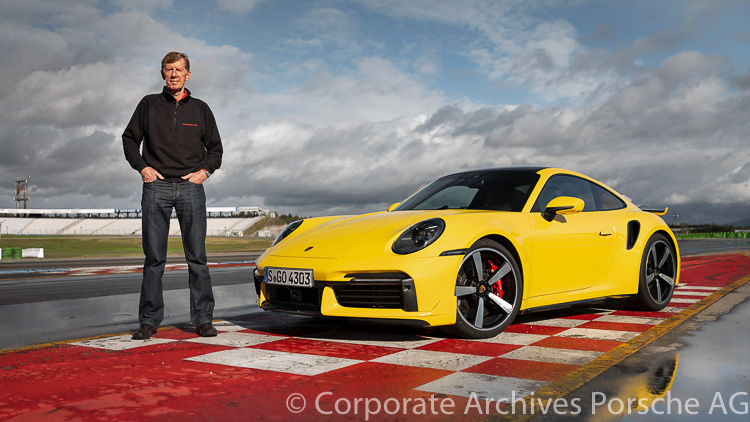
Porsche has spent years perfecting the 911 Turbo, so there is little wonder that Herr Röhrl sings its praises so loudly. Almost everything about the 992 Turbo is bigger, better and faster.
Introduced in March 2020, the 992 Turbo and Turbo S are both powered by a new 3.8-litre boxer engine with two VTG turbochargers, delivering 580 PS in the Turbo and 650 PS in the Turbo S. Both models are fitted with the Turbo-specific eight-speed Porsche Doppelkupplung (PDK) which cuts the 0-100 km/h sprint in the Turbo to 2.8 seconds and to 2.7 seconds in the S model. The Turbo boasts a top speed of 320 km/h while the Turbo S pushes on to 330 km/h. As with each new model, the dimensions of the 992 Turbo and Turbo S have increased significantly, the body at its widest point is 1900 mm above the rear axle (an increase of 20 mm).
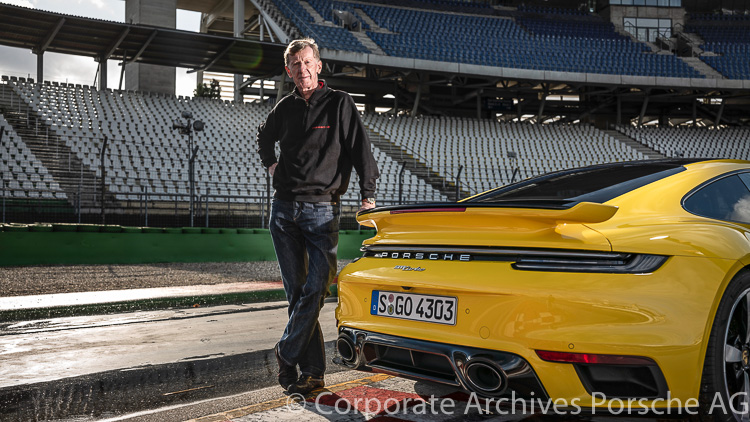
At launch, the 911 Turbo S Coupé was priced at €216,396 in Germany which includes country-specific equipment and 19 percent VAT.
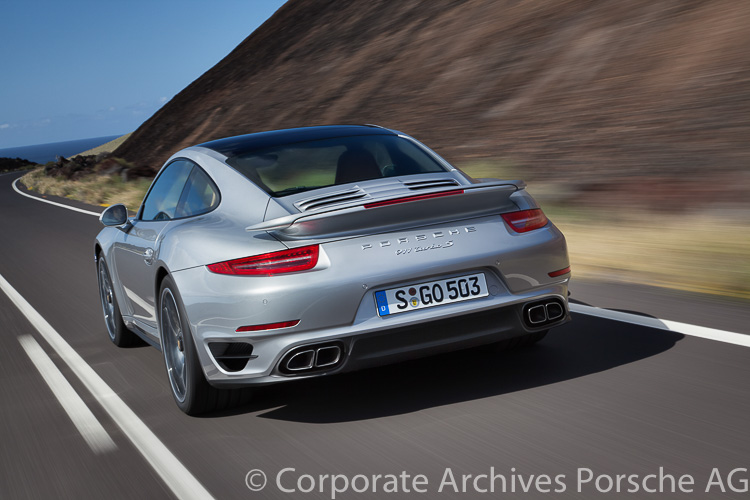
Final word
Since it was first launched in 1975, the Porsche 911 Turbo has been admired and respected by most sportscar enthusiasts. It set the sportscar world ablaze when it was first introduced, and it left young impressionable boys (like this writer) wide-eyed when it was seen for the first time. Over the years, through demanding more comfort features and pandering to the ever-increasing list of safety requirements, the 911 has inevitably grown wider and longer.
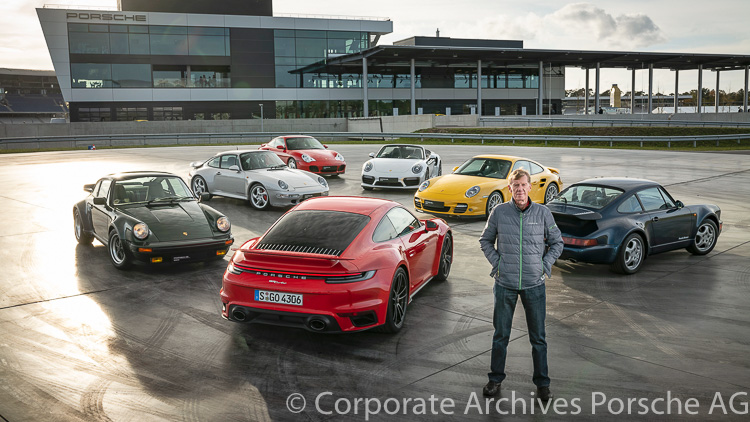
Four-and-a-half decades down the track, the original 911 Turbo still looks like a million dollars, and it has the performance to match. It is one of those (almost) immortal models that will continue turning heads for as long as they are around.
Written by: Glen Smale
Images by: Virtual Motorpix/Glen Smale, and Porsche Archives





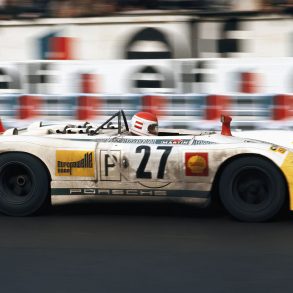
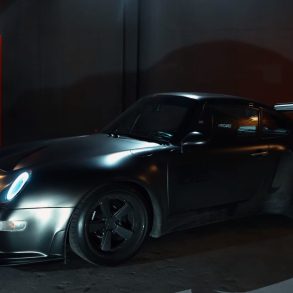
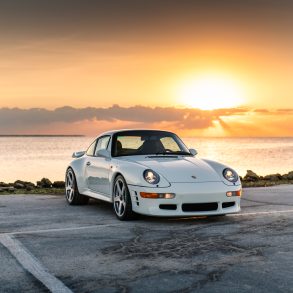
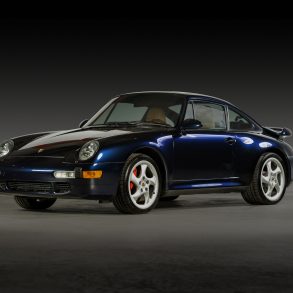
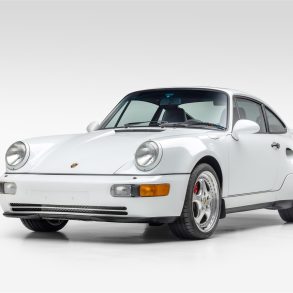
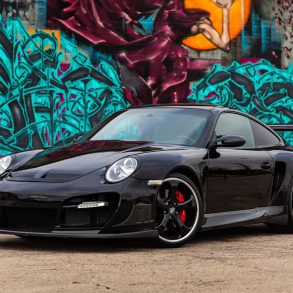
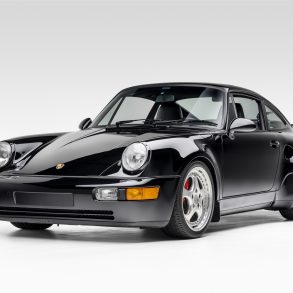


Probably the most desirable model for Porsche enthusiasts.
Informative as all of Glen’s books on iconic classics.
0
It was all good till the 997 gen. Huge compromises started with the 991 gen. The worst being the use of an Electric Steering and short travel brakes. I mean who does that to a Sports Car? Steering and brakes define a Sports Car. It’s CRIMINAL to ruin a car like that. Porsche is a Performance car for driving experience not a luxury tourer. BMW fills that category well enough. Volkswagen after taking over this iconic brand has killed the whole Design and quality philosophy by combining platform development and cutting down on materials and costs. 997 was the last real Porsche. Post that it was only a rebadged VW. Sad but that’s how the world works these days and VW of all the car companies is already notorious for their cheap scandals. What else can I say.
0
Interesting. I did not know that Walter Rohrl had so much to do with the cars, testing and development. Of course he would be a good one to have on the “team”.
0
Good article.
All 911’s are wonderful in their own special way, such an amazing machine – always getting better as the new ones have evolved from their past. To not recognize that is very shallow and immature.
Sportmade rules.
Wyatt
0